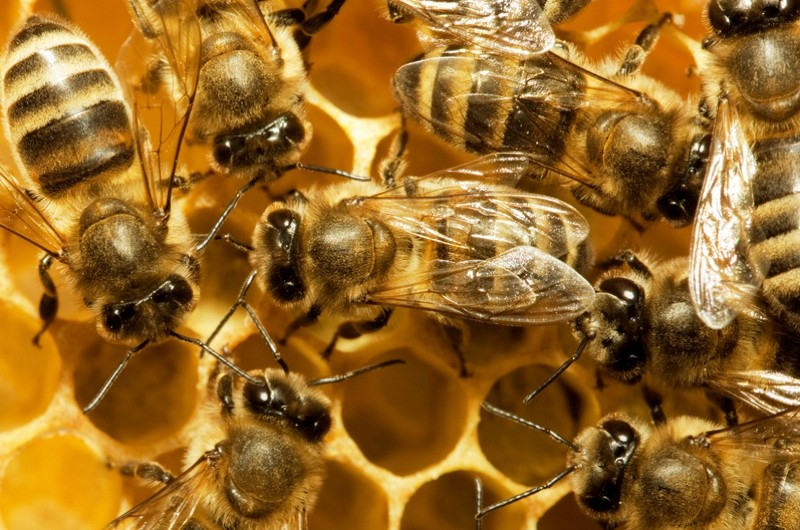The Battle of the Bees
Bees have been employed in warfare since ancient times and continue to be utilized now because few things can disrupt a unit of soldiers faster than a swarm of angry bees. At the Siege of Eupatoria, King Mithridates of Pontus is claimed to have used "crazy honey" to incapacitate the Romans. King Henry I of England may have used catapults to launch complete beehives right into the heart of his adversary's army. During the Vietnam War, the Viet Cong planted Asian gigantic honeybee colonies in the pathways of American forces and released them using firecrackers or tiny explosives.
But it's possible that insects played the most essential part in World War I's Battle of Tanga, commonly known as the Battle of the Bees. It was the first major action of the East African Campaign, taking place in November 1914. A British and Indian force led by General Arthur Aitken outnumbered the Germans led by General Paul von Lettow-Vorbeck by more than 8-to-1, but they were crushed. Part of the issue was Aitken's forces' inexperience and lack of training. Another issue was the Germans' strengthened position, although the bees played a critical role.
Several hives on the battlefield were disrupted by the fighting. They attacked with ferocious tenacity, and despite being stung on both sides, they focused the majority of their wrath on the Indian and British forces attempting to cross the battlefield to reach the Germans. Aitken's plan for a large-scale assault was abandoned, allowing Lettow-Vorbeck to mount a counterattack and win the battle.
Date: November 1914











